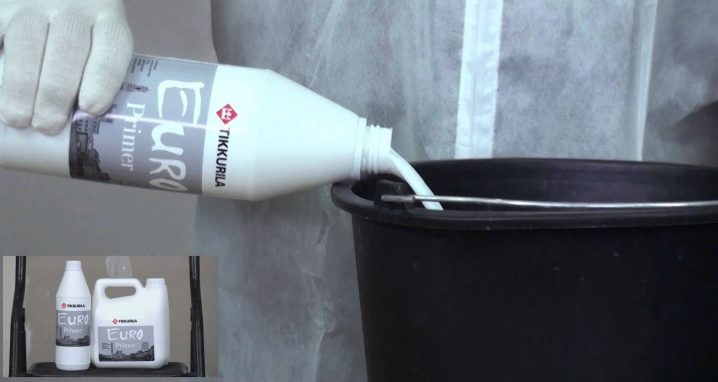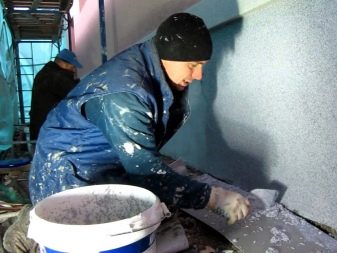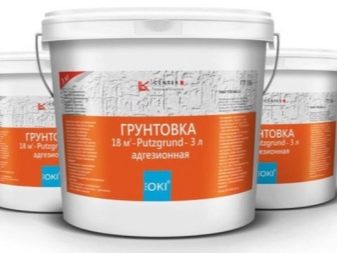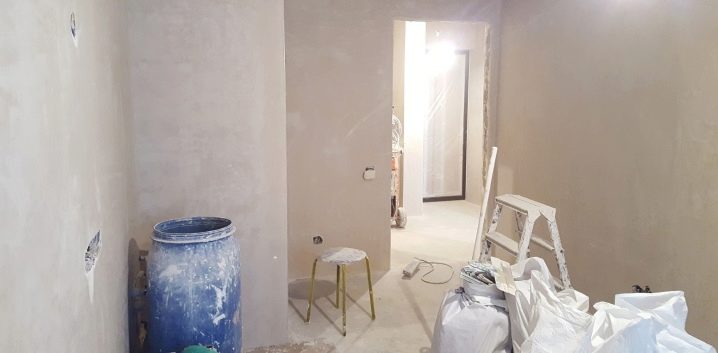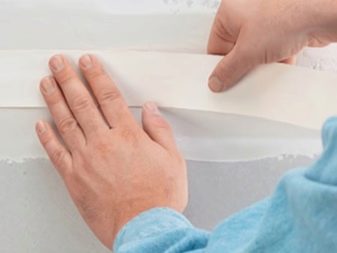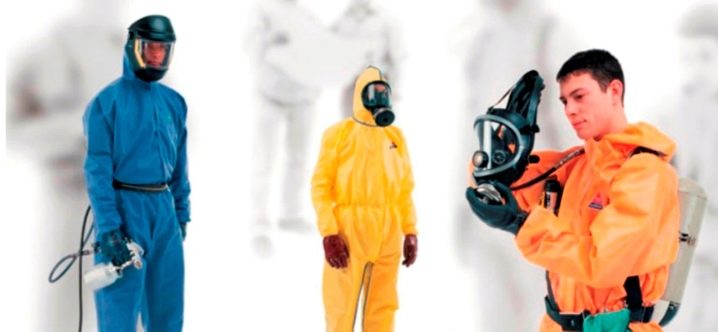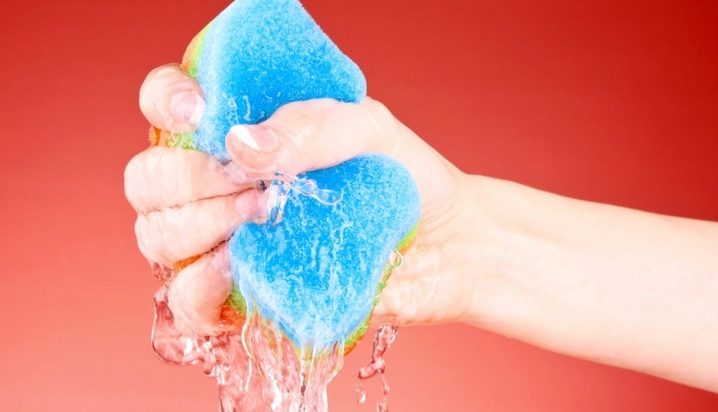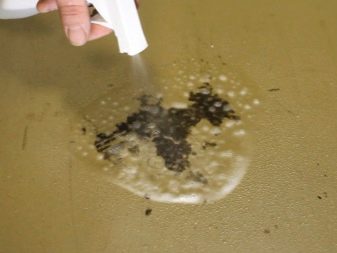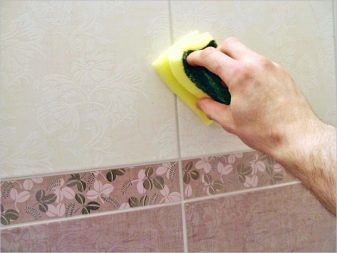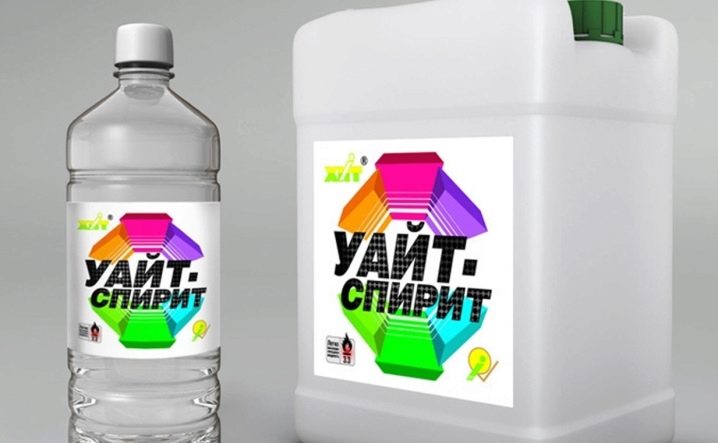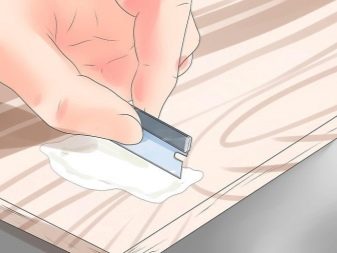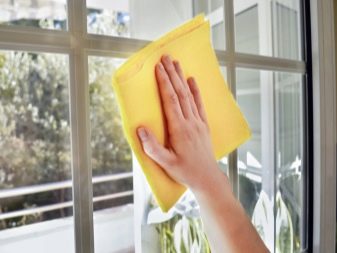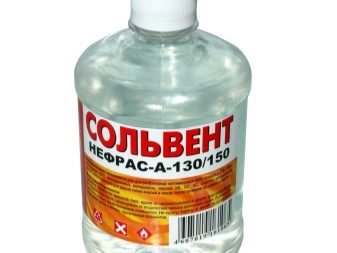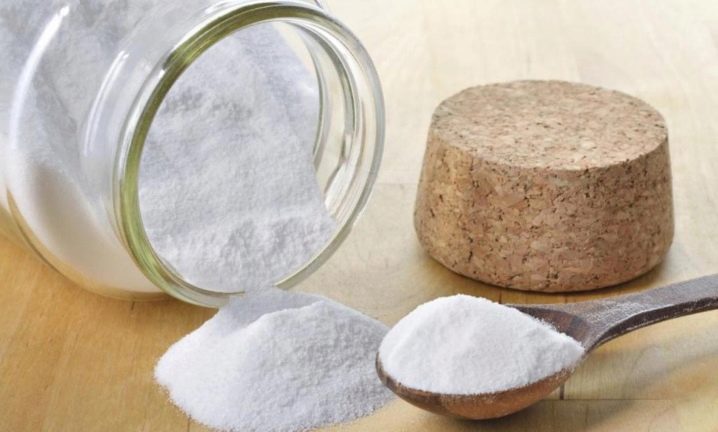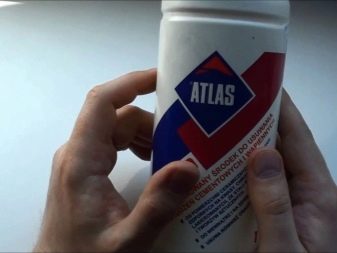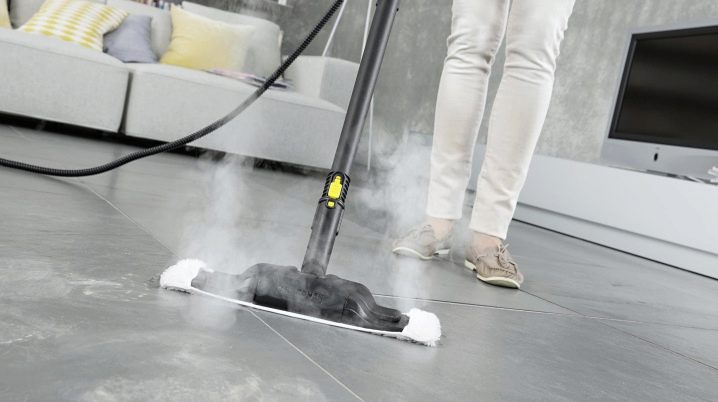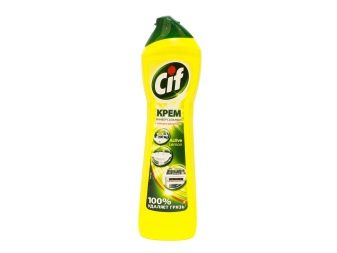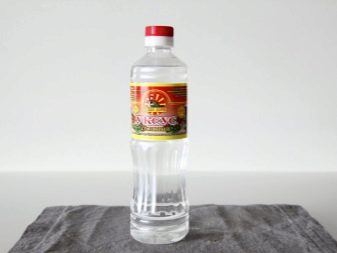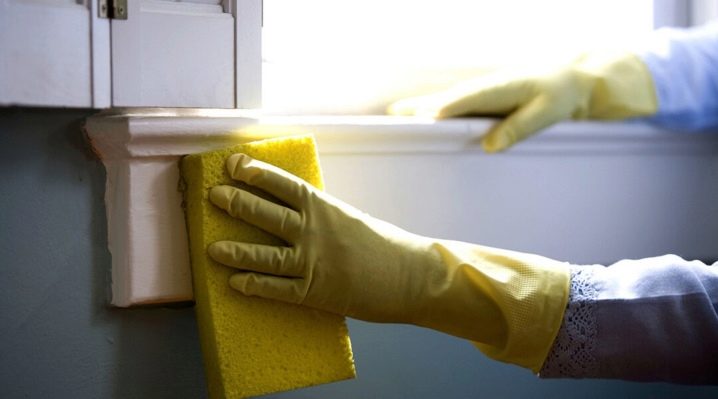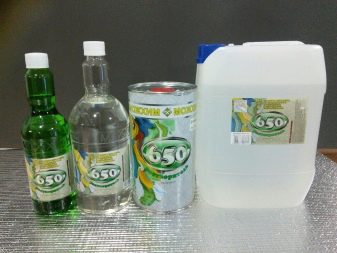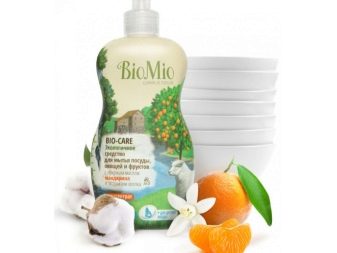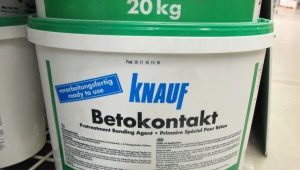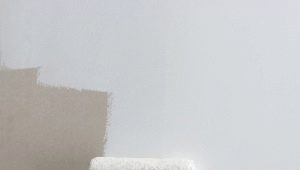How to wash the primer from different surfaces?
Repair in an apartment or house is not only expensive, but also rather troublesome, especially if all the work is done with your own hands.
Painting the ceiling, wallpapering walls and other works require not only certain skills, but also extreme accuracy, especially when priming different surfaces. But, unfortunately, it is not always possible to carry out the priming without traces: the surfaces often remain soiled that are in the immediate vicinity of the work being done.
Primer features
To date, there is a huge variety of materials intended for processing virtually any surface. Whatever type of primer it belongs to, it has one purpose - to increase adhesion between the finishing material (paint, wallpaper, plaster) and the surface from which the work is being done.Using a primer allows you to increase the service life of the work: the wallpaper will hold and not fall off, the plastered walls will not crack.
Regardless of their purpose, all primers consist of glue, resins, film-forming substances, bitumens, oils and pigments, and sometimes drying accelerators are included in the composition.
When laying the coating on the surface to be treated, the water in the composition evaporates, and a film forms on the surface that cannot be washed off with plain water or soapy water. The polymerization of the composition is quite fast, and if the stain is not wiped off within 20-30 minutes, then, as a rule, difficulties arise with the subsequent removal of contaminants formed during repair work. But you can avoid such problems if you follow some rules.
Precautionary measures
Any repair works invariably leave various kinds of pollution after they are carried out, but it is possible to minimize the level of pollution by observing elementary precautions during the work.
Priming is carried out, as a rule, of the same type of surface, others either do not need such finishing, or work with them has been completed. In order to avoid splashes from the primer on the surfaces that are not subject to finishing, they should be covered with cellophane film or newspapers.. To preserve the integrity of the coating joints between canvases are taped. Thanks to him, the material intended for harboring, not only becomes a whole canvas, but also securely fixed in the right places.
In places of fixation, it is better to use masking tape, as it leaves no marks on the surface, as is the usual clerical version.
During the work it is necessary to use work clothes and masks that protect the airways well.. This equipment will allow you to avoid allergic reactions, damaged clothing and other unpleasant moments associated with these works.
And of course, regular airing of the repaired premises is also a necessary precaution, because the composition can have a sharp unpleasant smell.
The basic rule is, of course, the rapid removal of the primer material from the surface.After all, the sooner you notice and remove a stain, the less effort and money will be required. Therefore, the usual sponge with water should always be close.
How to clean?
Unfortunately, there is no universal way to clean the surface from the primer. Any surface is made of a specific material, so the choice of cleaning method and substances that help in removing such stains depends on its type. The most different in purpose and origin of materials can be exposed to pollution: window glass, tile, plastic window sill, linoleum, laminate.
In addition, cleaning methods also depend on the type of primer.
With window glass and tiles
The method of cleaning the window and tile will depend on the type of primer. The easiest way to remove stains from these surfaces from wallpaper glue, which is used for pre-treatment of walls before the final wallpaper glue.
Fresh dirt can be easily washed with a regular rag dipped in water beforehand.. Pre-wetting is best for dried contaminants.. With more prolonged exposure to water, the adhesive swells, and the stain is perfectly rubbed off with a damp foam sponge. Then wipe the treated area dry with improvised means: a towel, a rag, a napkin.
Acrylic primer can be removed from the floor tile and window glass with water, especially if the stain is fresh. For high-quality wet composition is used spray. But if dyes are present in the primer, then wipe off the stain with water will not work - in this case it is better to use white spirit.
One of the most difficult for scrubbing primers with glass and tile surface is the adhesive composition. In order to remove it from the surface it is necessary to apply a mechanical action.
The best option for a glass surface would be a blade.
The cleaning process should be carried out with utmost care. the blade in relation to the ground formation should be at an angle of 40-45 degrees in order to conveniently pick up the edge of the composition and remove itwithout scratching the glass. After mechanical removal of contamination, the treated area is wiped with a cloth moistened with water, and then wiped dry.
Solvents will help to remove the composition from glass and tile on the floor. Organic solvent 646 is most suitable for removing adhesive primer.. The prepared rag is moistened with a solvent and applied to the composition.
For the full interaction of the two substances must wait from 30 to 60 minutes, and only after that proceed to the removal of the formed gel-like film, using a blade for this process. After removal of the composition, the place is treated first with soap and then with simple water.
To remove the phenolic primer from porcelain or glass, you can use xylene, solvent or composition made from one part of white spirit and one part of the solvent. The solvent or mixture is applied to the formation and left there for some time - as a rule, only 3-5 minutes is enough to soften the stain.. After that, you need to wipe the stain using an abrasive sponge. Then the place is re-treated with a solvent and a sponge, and only after carrying out such actions can the remains of the solution be washed off with water.
Sometimes it is not possible to determine the type of soil material, and therefore other means have to be used. Of the available tools, soda and vinegar are most effective.
Soda is a suitable cleaner for glass and tiles, because it can soften the composition of many types of primer. In addition, when removing stains, soda plays the role of a mechanical abrasive. A small amount of soda is applied to the moistened stain to form a slurry. After some time, the moistened mixture is removed from the surface.
Undiluted vinegar copes well with stains on the glass surface and acid resistant tiles. For complete removal of contamination, the treatment is repeated several times with an interval of 15 minutes, washing away the mixture after each application with water.
Household chemicals produced to remove various contaminants will help to get rid of stains. The following chemical compositions are known: Dopomat, Veroclean, Corvett, Atlas Szop.
Almost any chemical means are suitable for cleaning window glass, but for tile you can use only those that are based on alkali.
Among the compositions mentioned, the means of deep penetration of Corvett stands out in particular.used to clean porcelain tiles. Porcelain tiles often perform flooring in places with high traffic,therefore, this coating needs effective cleaning means both before the start of operation and during its entire service life. To remove the primer material, the product is diluted with water according to the instructions; the impurities are washed with the solution and then thoroughly washed with water.
Tile stains can also be removed from the tile with a steam cleaner., but such a device is not suitable for all types of tiles, but only for those whose structure is porous. In addition, it cannot be used to clean window glass, as there is a possibility of breaking the integrity of the glass due to uneven heating of the surface. The cleaning process takes place quickly: the steam jet is sent to the contamination moistened with solvent in advance, and then cleaned with a brush.
With linoleum
In order to wipe the stain from the primer with linoleum, you must follow a few rules.
Firstly, when cleaning fresh and not completely dried spots from the surface of this material with water, it is necessary to remember its temperature - regardless of the type of linoleum, the aqueous solution should be warm. From hot water there is a high probability of swelling or cracking of the coating.
Secondly, in order to avoid damage to the linoleum all the used tools should be checked on a small area hidden from the eyes. Both simple available means (white spirit, vinegar, nail polish) and professional cleaners (Silit, Sif) will help in removing stains from linoleum..
A rag is soaked with vinegar or solvent first, and only then it can be washed off the stain. The treated place is washed off with water. Universal cleaners should be applied directly to the stains and left to soften for 2-5 minutes, and only then can we begin to clean the pollution.
From a plastic window sill
In order to erase stains from the primer from the plastic surface of the sill without damage it is better to use either soft cloths or foam spongesas cleaning such a surface with a stiff brush can cause scratches.
The best tools to help get rid of stains are solvents, acetone, gasoline, polyurethane foam cleaner and other special tools..
Gasoline copes well with the remnants of a latex primer. To remove the stain, you need to rub the problem area with a soaked rag,and then wash the place with soapy water.
To remove stains using a foam cleaner, it is applied to the stain. After a few minutes, the remaining dirt is removed with a sponge, and the cleaned place is washed with water.
With laminate
Remove stains from the laminate is not easy, but it is possible, given some of the nuances.
There are rules following which damage to such an expensive coating can be avoided:
- do not use products with an abrasive composition and use a mechanical cleaning method, since scratches may appear on the surface due to coarse particles of the composition or increased friction;
- some types of solvents cannot be used - their composition may be detrimental to the pattern;
- Do not allow prolonged contact of water with the coating, as there is a possibility of moisture between the seams of the panels, which will always lead to swelling of the material.
To clean this surface, you can use dishwashing liquid, white spirit, nitro-solvent 649 or 650 and a nylon mesh. Dishwashing detergent is applied to the stain and the primer is gently rubbed using a sponge.For full cleaning, the place with pollution is wiped with a damp cloth and wiped dry.
When using a solvent, the sponge is moistened first, and only then the stain is rubbed off, cleaning off the residue with a damp cloth.
You will learn more about how to properly remove the primer by watching the following video.

